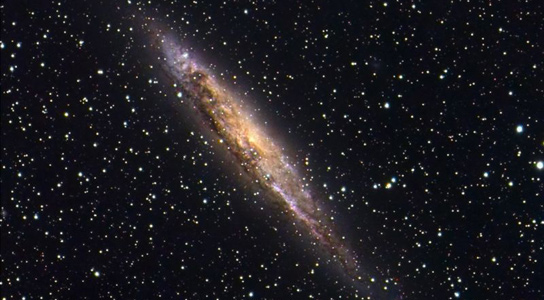
Dusty Seyfert Galaxy NGC4945.
A new study in The Astrophysics Journal, which will be published on February 20th, shows that black hole growth is strongly correlated with nuclear star formation within one kiloparsec, but only weakly correlated with the extended star formation in radii of over one kiloparsec in its host galaxy.
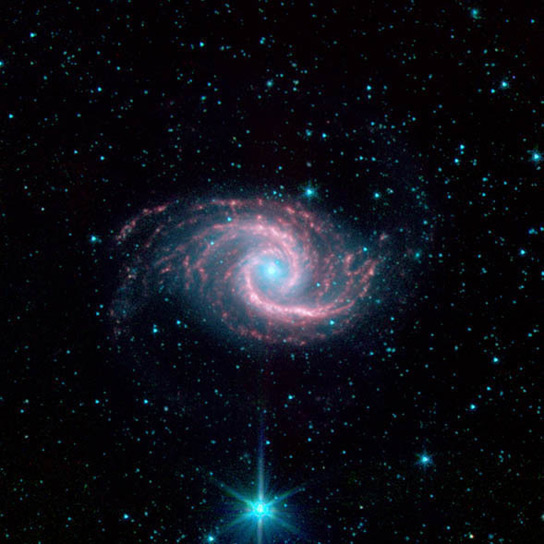
The study by astrophysicists Aleksandar M. Diamond-Stanic, from the Center for Astrophysics and Space Sciences, University of California, San Diego, La Jolla, and George H. Rieke, from the Steward Observatory, University of Arizona, Tucson, examined 89 Seyfert galaxies, which were studied using the Spitzer Space Telescope. Seyfert galaxies have active galactic nuclei (AGN) that produce spectra line emission from highly ionized gas. They actively emit radiation. The centers of Seyfert galaxies contain supermassive black holes, with masses between 107 and 108 solar masses.
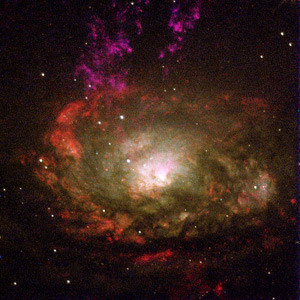
An active galactic nucleus is a compact region in the center of a galaxy that emits higher luminosity, which can be in the radio, IR, UV, optical, X-ray, and even gamma ray wavebands. The radiation is believed to stem from the accretion of mass by the supermassive black hole at the center of its host galaxy.
In particular, the nuclear star formation follows a relationship with the black hole accretion rate, which persist when additional star formation in physically matched apertures are included.
However, this causal relationship almost becomes indiscernible when the total nuclear star formation rate is taken into account. This suggests there is a physical connection between the gas on sub-kiloparsec and sub-parsec scales in local Seyfert galaxies that is not related to the external processes in the host galaxy. It also implies that the observed scaling between star formation and black hole growth will depend on whether the star formation is dominated by a nuclear or extended component.
Reference: “The Relationship Between Black Hole Growth and Star Formation in Seyfert Galaxies” by Aleksandar M. Diamond-Stanic and George H. Rieke, 3 February 2012, The Astrophysics Journal.
DOI: 10.1088/0004-637X/746/2/168

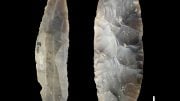

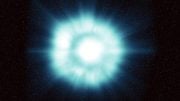



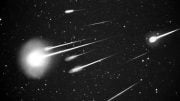

Be the first to comment on "Relationship Between Black Hole Growth and Star Formation in Seyfert Galaxies"